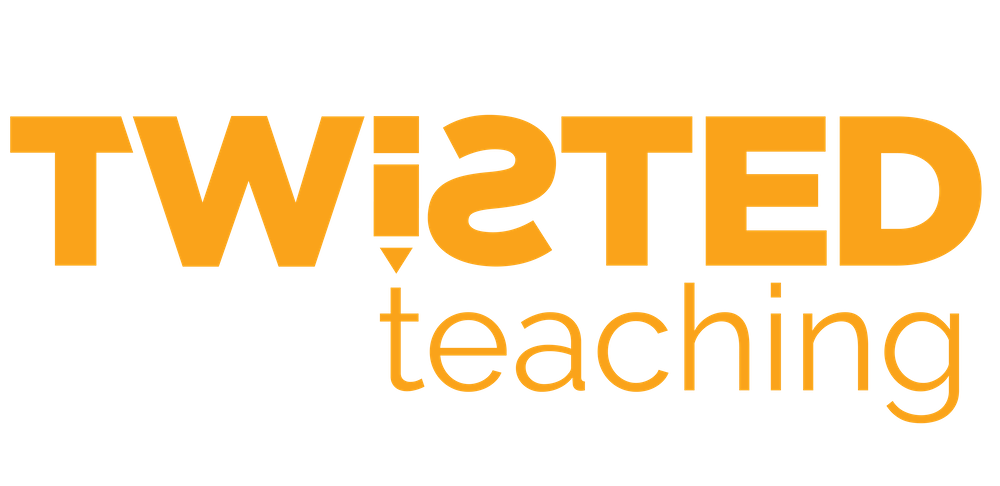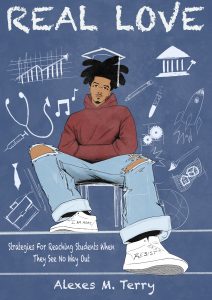Last week, I led a Gratitude Art activity with my team of professors and instructional coaches, and whoa…this was an activity that I thought to myself “Why didn’t I do this when I was in the classroom?” If you have never heard of Gratitude Art, it is a creative expression that visually represents feelings of appreciation, thankfulness, and positive emotions. Through this activity, you can use various artistic mediums, such as drawing, painting, collage, or even memes, to convey a sense of gratitude. I challenged my team to reflect on what they are thankful for, as it relates to the work that we do in our organization, but Gratitude Art can also depict the people, places, or things that bring you joy and appreciation. The overall goal of Gratitude Art is that it can serve as a visual reminder of the positive aspects in our lives and can be a therapeutic and mindful practice to promote well-being.
From this experience with my team, it created a sense of belonging, connection, and community as we shared common stories and experiences that we felt blessed to have with each other and the teachers that we serve.
But again, why didn’t I use this when I was in the classroom? Throughout this week, I have been going back to this activity because there was something about it that I just knew my students would benefit from. But, I am no longer in the classroom!!!! So, someone has to implement this activity on my behalf, and that someone is YOU… yep, YOU!
If you have been following me for some time, you know that everything on this side of the internet is all about cultivating culturally responsive classrooms where all students feel seen, valued, and heard. Gratitude Art will support you in accomplishing that goal in multiple ways. Overall, gratitude art can promote a culturally responsive classroom by fostering a positive and inclusive learning environment, and here’s how:
1. Cultural Appreciation: Gratitude art can encourage students to express gratitude for aspects of their cultures and communities that they value and appreciate. Especially for students who come from marginalized communities, this activity can give them the space to challenge the status quo and educate others on aspects of their cultures and communities that are often misrepresented or disregarded/
2. Inclusivity: Teachers can incorporate gratitude art activities that specifically acknowledge and celebrate the unique contributions of each student. This fosters a sense of inclusivity and validates the cultural identities of all students in the classroom.
3. Building Connections: Gratitude art provides a platform for students to express gratitude towards their self, families, peers, teachers, and their physical and wider communities. This can strengthen interpersonal connections, promote empathy, and create a positive classroom culture where everyone feels seen, valued, and heard.
4. Reflecting Cultural Values: Gratitude art projects can be designed to reflect the cultural values and beliefs of the students. This allows for a deeper exploration of cultural perspectives and encourages open conversations about different ways of expressing gratitude.
5. Enhancing Social-Emotional Learning: Gratitude art is a powerful tool for promoting social-emotional learning. By creating art that expresses positive emotions and gratitude, students develop emotional intelligence and build a supportive community that recognizes and respects individual and collective well-being.
Again, why didn’t I think of this when I was in the classroom?!?!
*insert mindblown emoji*
Now, I know this question is floating around there. “Well, what if a student feels like they don’t have anything to feel grateful about?”
I get it! For some of us, this is a valid question. And, there were many points during my younger life where I felt that there was not much to be thankful for or grateful for. So, how do we support students who might express discomfort engaging in this activity?
Supporting students who have experienced trauma and may feel uncomfortable engaging in gratitude art requires a thoughtful and trauma-informed approach. Here are some strategies:
1. Provide Choice: Offer students choices in how they express gratitude. Some may prefer written reflections, while others might feel more comfortable with non-verbal expressions such as drawing, collage, or other art forms. Giving them control over the medium can help them engage at their own pace.
2. Create a Safe Space: Establish a safe and supportive environment where students feel secure expressing their feelings. Emphasize that participation is voluntary, and their well-being is the top priority. Encourage open communication and let them know they can opt out if they are not ready.
3. Offer Alternative Activities: Provide alternative activities that still promote well-being but do not focus explicitly on gratitude. This could include mindfulness exercises, self-expression through journaling, or engaging in activities that bring a sense of calm and security.
4. Sensitive Language: Be mindful of the language used when introducing gratitude activities. Avoid language that might trigger negative emotions or memories related to their trauma. Frame the activities in a way that emphasizes personal growth, self-discovery, and a positive connection to oneself.
5. Individual Support: Recognize that each student’s experience is unique. If possible, offer individualized support or counseling to those who may need additional assistance in processing their trauma. This could involve working with a school counselor or mental health professional.
6. Normalize a Range of Emotions: Acknowledge that feelings of discomfort or reluctance are normal, especially for those who have experienced trauma. Normalize a range of emotions and emphasize that there is no pressure to conform to specific expectations.
7. Build Trust: Establishing trust is crucial. Consistently demonstrate reliability, empathy, and understanding. Building a trusting relationship with students will make them feel more secure in expressing their thoughts and feelings.
Here’s a lesson plan to guide you in bringing this activity to life in your classroom! You know I got you!!! Overall, the end goal of this activity is to CREATE SPACE for you to continue to develop those relationships with students rooted in respect for their culture and communities. For the educator, this activity could possibly provide you with a deeper insight into getting to know your students beyond the surface. Even if a student is not responsive to the activity, meaningful information regarding student needs can still be gathered and give you something to work with, especially as you prepare for the next semester.
So, if the spirit moves you, give it a try and connect with me on Instagram (@lifeafterlessonswithlex) or via email (alexes.terry@twistedteaching.com) to let me know how it worked out for you and your students.
Be Blessed and Have a Thanksgiving Break!
-Alexes



